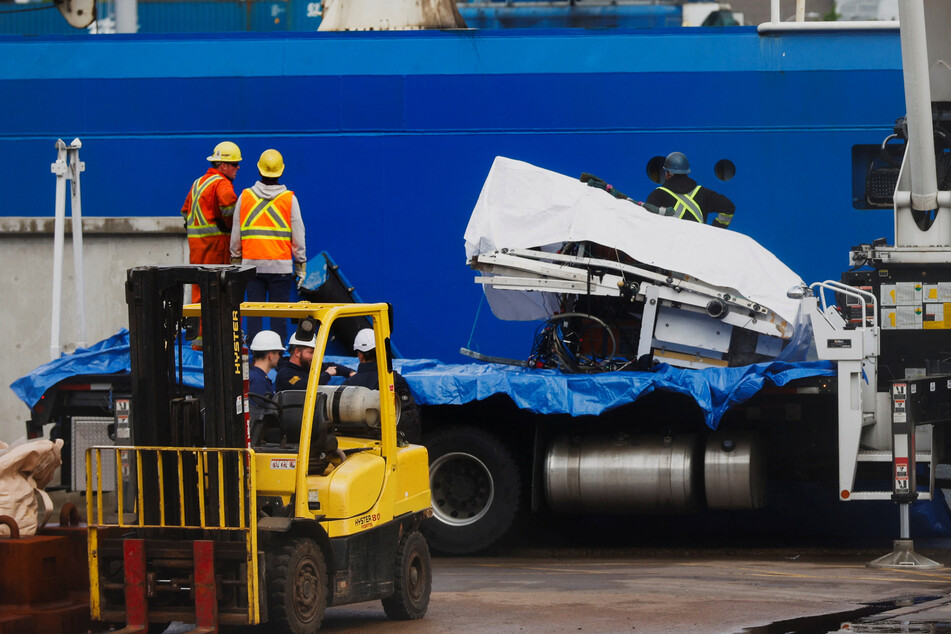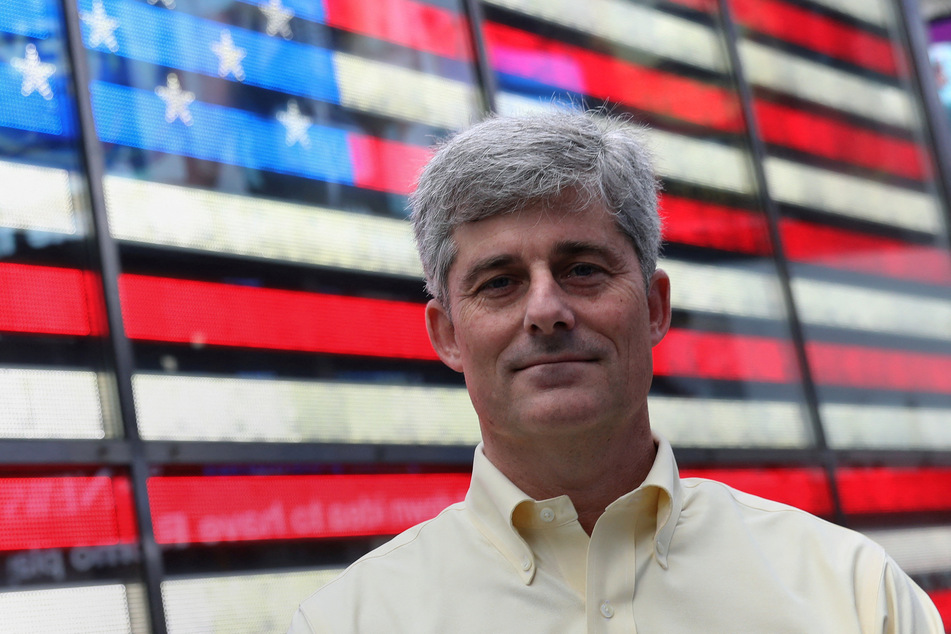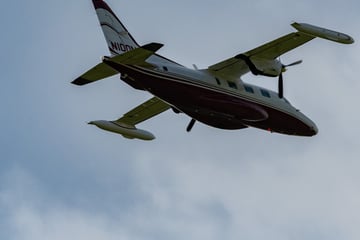OceanGate's Titan sub's electronics system was reportedly built by college interns
Everett, Washington - A new report on the Titan sub tragedy reveals that college interns helped design the OceanGate submersible's electronic systems. In addition, a former OceanGate employee identified serious deficiencies years before the disaster, but they were largely ignored.

More details are coming to light in the investigation of the submersible disaster that killed five people who set out on an expedition of the Titanic wreck on June 18.
As the last of the submersible's wreckage is recovered from the sea, a new report on the investigation into the tragedy reveals that Washington State University (WSU) students worked on the critical electronics systems of the Titan sub, per The New Yorker.
"The whole electrical system," said Mark Walsh, a 2017 WSU Everett graduate in electrical engineering from the WSU Voiland College of Engineering and Architecture, to WSU Insider. "That was our design, we implemented it, and it works."
"We are on the precipice of making history and all of our systems are going down to the Titanic. It is an awesome feeling," he added. However, the fact that this remark would come up years later after a major tragedy is something no one expected.
Walsh was a member of WSU's Electrical and Electronics Engineers club in 2017 when Tony Nissen, OceanGate's previous director of engineering, disclosed company challenges to the public.
As a result, the student and several of his fellow students volunteered to find solutions for the company.
Former OceanGate employee found significant deficiencies – were his warnings ignored?

Nissen didn't flinch at the chance: "Tony said, 'OK, you're hired,'" Walsh recalled.
Walsh graduated WSU and joined OceanGate that same year as a senior electronics engineer, working with Nissen and two WSU interns on the Titan's electronics systems.
As early as 2018, David Lochridge, then director of naval operations, reportedly noticed deficiencies with the submersible, and when he voiced his concerns, his employer fired him.
"Until suitable corrective actions are in place and closed out, Cyclops 2 (Titan) should not be manned during any of the upcoming trials," Lochridge wrote in a detailed report, noting nine major deficiencies with the Titan that he filed to sue OceanGate:
- The carbon fiber lamination of the submersible's hull showed "visible signs of delamination and porosity"
- Adhesive was coming loose from seams in the ballast pockets
- Fastening screws on ballast pockets posed a risk of cracking
- Faulty plunge holes on sealing surfaces did not meet design standards
- The exostructure and the electrical pods of the Titan were made of different materials - contact with seawater could have led to an electrochemical reaction, which could have caused great damage
- Danger from "hanging" thruster cables
The beacon (location light), which indicates the location of the submersible when surfacing, was attached with only cable ties
- Highly flammable floor of the submersible
- Vinyl cladding inside the Titan would have emitted highly toxic gases in the event of a fire
CEO and OceanGate founder Stockton Rush reportedly reacted angrily, insisting that no safety testing was necessary.
Self-made brand: Titan never received safety certification

Incidentally, the Titan was never certified as safe. According to Merkur, which interviewed Swiss submarine operator Philippe Epelbaum, no certification company was willing to give the OceanGate submersible a seal of quality.
"Basically, it's a matter of luck in that he couldn't rely on any experience with the material," Eppelbaum said.
Normally, submersibles and submarines are made of metal, not carbon fiber, and the carbon fibers hadn't been tested enough, he says. Yet OceanGate founder Rush was confident they would withstand the pressures of deep ocean depths as well as metal.
After Lochridge described the carbon fibers as "frayed," a monitoring system was simply added to alert the pilot of a possible failure while aboard the Titan, but only shortly before the failure.
Currently, it is still unclear to what extent OceanGate can be held responsible for Titan's believed implosion.
Cover photo: REUTERS

